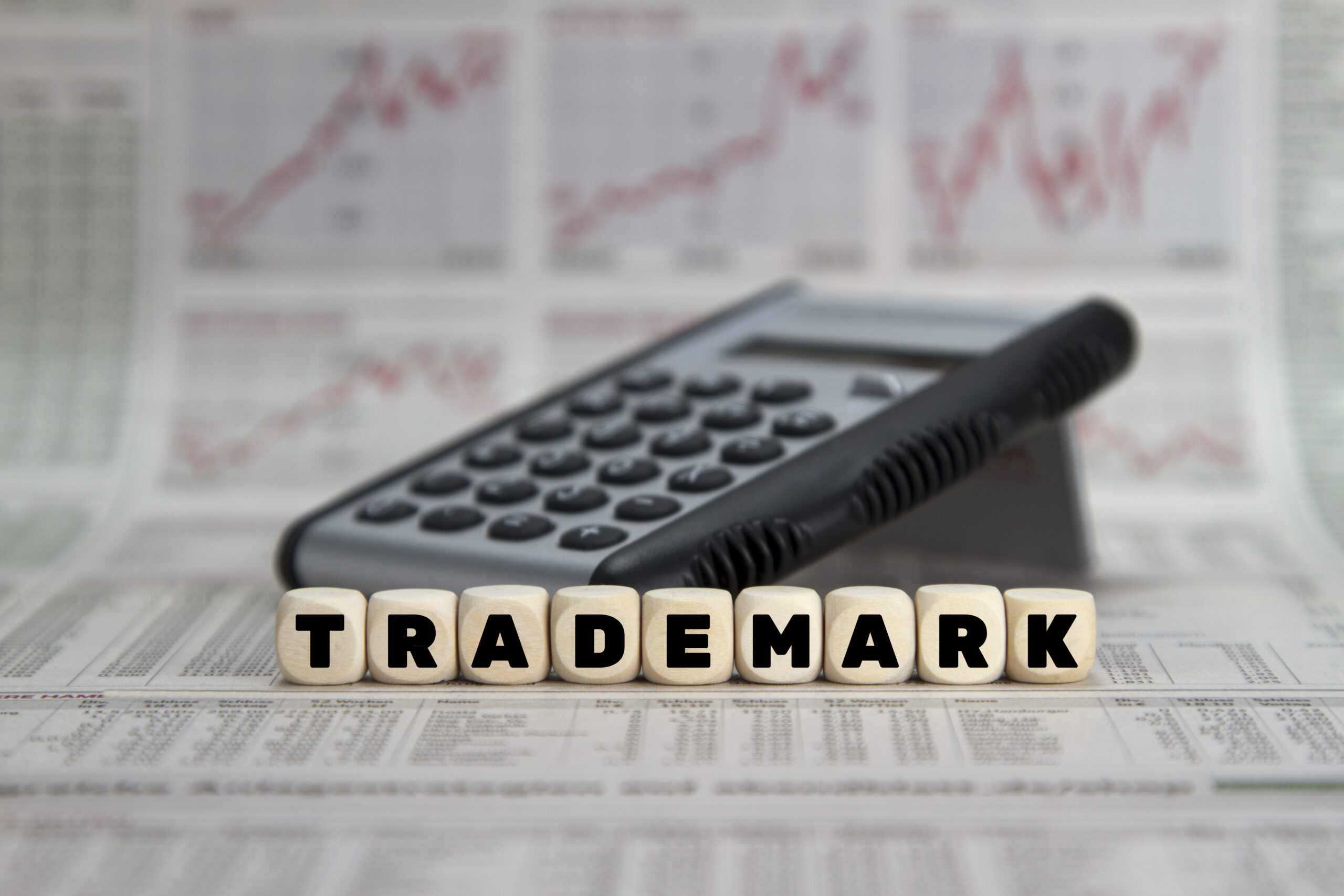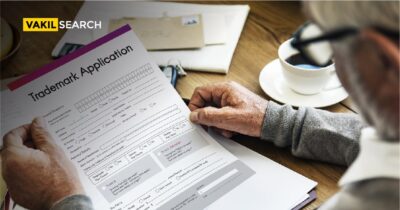While the Trademarks Act, 1999, allows the applicants to register their trademark themselves, seldom is it successful, due to the complications that arise during the process of registration, followed by the objections and oppositions. When the applicants handle the registration process themselves, the process may not always come to fruition.
The success of a business lies in the building of its brand image. The brand name is the core of the business and should therefore be protected. The trademark, which is a branch of the Intellectual Property (IP) acts as that invincible armor of the brand name.
A trademark refers to a name, symbol, phrase, logo, or tagline that identifies and brands specific products or services and distinguishes the same from the others in the market. A trademark is basically a shout-out to the market that the said class of products or services belongs to a specific company or organization. Although trademarks form a key portion of a business’ IP portfolio, the registration of the same is not mandatory. The law with respect to trademarks in India is governed by the Trademark Act, 1999, and the Trademark Rules 2017.
Who can File Trademarks?
Section 18(1) of the Trademarks Act, 1999 mentions that persons claiming to be the owner of a specific trademark may file the trademark themselves. An application shall be made to the Registrar of Trademarks in writing or through online filing. Here, “person” refers not only to individuals but also refers to the following entities.
- Hindu Undivided Family (HUF)
- Government bodies
- Persons body corporate
- Two or more individuals together
- LLP (Limited Liability Partnership)
- Joint firms
- Partnership firms
- Private limited companies
- Societies
- Trusts
- Statutory bodies
- Other entities like NRIs, foreign nationals, or foreign companies.
Individuals can therefore register their trademarks themselves. However, the process does not end with the filing alone and the registration of the trademark is quite a long and challenging procedure.
Registration of Trademarks
Although the registration of a trademark is not mandatory, it is often preferred to get it registered. Failing to register, would make the brand owner repent if an infringement of the brand name happens to occur, as stealing a brand image would result in colossal damage to the reputation of the business. Accordingly, it might be insightful to get the trademark legally registered under the Trademarks Act, 1999.
The registration of a trademark comprises the following steps.
Step 1: Trademark Search
Despite having come up with the most unique name as the trademark, it may be a wise option to carry out a trademark search. This enables to rule out the chances of the trademark being deceptively similar to other marks in the market.
Using the trademark search engine provided by Vakilsearch, you can determine whether a trademark is accessible before beginning the registration process.
Step 2: Filing of the Application
Once the trademark search is accomplished, the applicant can go ahead and file the application online on the official website: https://ipindia.gov.in/trade-marks.htm for trademarks in India.
Step 3: Examination of the Application
Once the application is filed, the examiner takes it up for examination. If there are any discrepancies, the same is raised to the applicant. Once the disparities are corrected, the application is published in the trademark journal. If the examiner feels that the application is still defective, the applicant is called for a hearing. Depending upon the response of the applicant, the application is either published or rejected.
Step 4: Opposition
After the trademark is published in the journal, any concerned party may raise an objection within a period of three months from the date of publication. On hearing the party of opposition and the applicant the Registrar decides the fate of the application. If there is no opposition raised within the stipulated time, the application gets registered.
Step 5: Certificate of Registration
The registrar awards the Certificate of Registration once the applicant handles the opposition if any, successfully. The seal of the trademark registry is affixed on the certificate.
Step 6: Renewal
The trademark, thus registered, is valid for a period of 10 years, after which it can be renewed regularly. The brand name is thus the exclusive right of the registered proprietor for eternity.
Challenges Faced When Individuals Register Their Own Trademark:
1. Risk of the Trademark Being Rejected
A trademark may be rejected on absolute or relative grounds. The trademark selected must be in consensus with the Trademarks Act, 1999 otherwise it would stand rejected. An individual who is not a trademark professional may not be able to carry out an exhaustive trademark search, wherein both word mark or device mark search may be needed in certain cases. The trademark search which is the first step in the process of registration is a tedious process. Therefore, if the search is not carried out elaborately, the trademark might be deceptively similar to any of the existing trademarks and therefore might get rejected.
2. Complications Involved in the Registration Process:
While there are several minute details that need to be filled out during registration, the class of the goods or services is one of the main ingredients of a TM application. The applicant has to be clear regarding the classes to be included, as the stipulated fee is required to be deposited for each class the applicant fills in. Also, when inappropriate classes are selected, the examiner withholds the registration. Also, the scope of protection must be altered by including disclaimers with respect to trademarks that have more than 1 word. Applicants may be naïve to these intricacies, and hence this might delay the process of registration.
3. Responding to Office Actions:
When the application is counteracted with objections, it is required to file a fitting response with respect to the same. The response must also be filed within the stipulated time frame failing on which the application will be deemed abandoned. Most often, this is not a one-time thing and might require the filing of responses more than once, as it depends on a case-to-case basis.
4. Responding to Opposition:
If there is any opposition to the TM registration, the applicant is required to file a counter statement or evidence, if applicable, to substantiate the Trademark application. The Registrar might schedule hearings with respect to the opposition, and the applicant has to attend the same and present the case. The hearings and opposition proceedings, in general, involve several technical and legal nuances and the applicant must have had good hands-on practice with TM registrations to get through the process successfully.
Although the trademark registration process is not as technical and as complicated as getting a patent registered, it has its own set of challenges. Unfortunately, it is not quite as straightforward as it seems. The process is cumbersome and requires great technical and legal expertise to proceed from one stage to another. An applicant, who is more often a layperson with respect to the intricacies involved in the TM registration may not be able to cope with the objections and oppositions raised, and this might eventually lead to the rejection of the TM application.
Most applicants try their hands at Registering the trademark themselves under the pretext of saving the cost of hiring a professional. But sadly, it often backfires and results in the filing of the same application over and over again due to errors, thereby incurring more expenses and getting the entire process delayed.
In the best interests of a TM getting registered, an applicant should opt to get it done by hiring a trademark professional. A competent professional would know what to foresee and expect during the process of registration and would act accordingly. Our experts here at VakilSearch, have a tight hold of the nuances required to register a trademark and can help the applicants hold their certificate of registration in no time, without burning a huge hole in their pockets.










